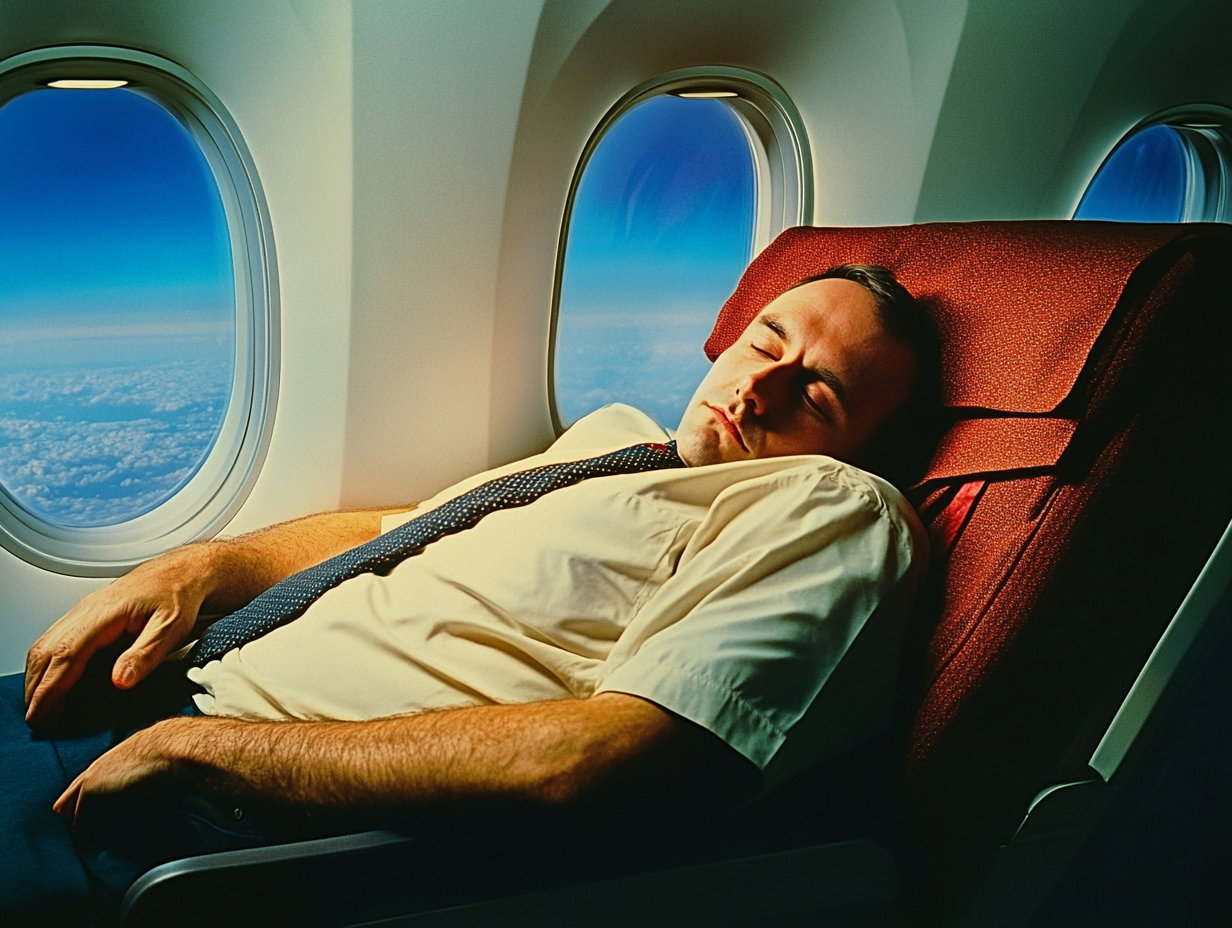Planning a trip to Antarctica requires intensive preparation, with the ideal time to visit being from November to March. Choose the right expedition, prepare for the Drake Passage, pack warm clothes, and respect environmental protocols. Travel insurance is crucial. Witness unique wildlife in this pristine and picturesque destination.
Planning a trip is always fun and exciting, but planning a trip to Antarctica is an expedition to one of the most pristine and picturesque places in the world, which required intensive planning and research. Imagine standing at the edge of the world, surrounded by glaciers, snow, and a peaceful silence that speaks louder than words. Antarctica is not just a destination; it’s a journey to a dreamland that has adventure, thrill, and peaceful silence. If you are planning a trip to Antarctica, here are some things you should keep in mind before planning your trip :
Timing - The ideal time to visit this destination is from November to March; the southern hemisphere’s summer is when the ice begins to melt, daylight stretches up to 24 hours, and wildlife is abundant. If you plan on coming to Antarctica in the early season, you will see breathtaking and flawless landscapes and majestic icebergs; if you are lucky, you can also spot whales and penguins.
Choosing the right expedition — If you are going to Antarctica, you must make sure you book your seats in advance. Antarctica is accessible only by organized tours; they are abroad ships or luxury cruises that provide you the services. Small ships can easily navigate tighter spaces and provide a more intimate experience, while large ships often come with many other services and luxury. You will get to choose if you only want to cruise or try other activities while you are there, such as hiking or kayaking.
Prepare for the Drake Passage - You must prepare yourself for the turbulent stretch of water between South America and Antarctica. It is a part of the adventure; there is a high chance of seasickness, so pack your motion sickness medicines and be prepared for a bumpy ride.
Pack Carefully — Antarctica’s cold weather is unpredictable and unexpected; you will never know when the temperature drops to -2°C. You must pack all your layers, thick thermals, sweaters, coats, and jackets. Don’t forget your essentials like a cap, gloves, moisturizer, sunscreen, and sunglasses.
Experience the wildlife — you will not find Antarctica’s wildlife elsewhere. Penguins, seals, and whales are the most beautiful creatures in this untouched ecosystem. Do not forget to bring your binoculars and a good camera to capture these incredible moments.
Follow protocols - Antarctica is protected by the Antarctic Treaty; it ensures the continent remains a natural reserve. You should follow all the guidelines to minimize your environmental impact.
Have travel insurance — Make sure you have travel insurance for a trip to Antarctica. You should be extra careful and prepared here; you must ensure your policy covers emergency evacuation and medical care.



